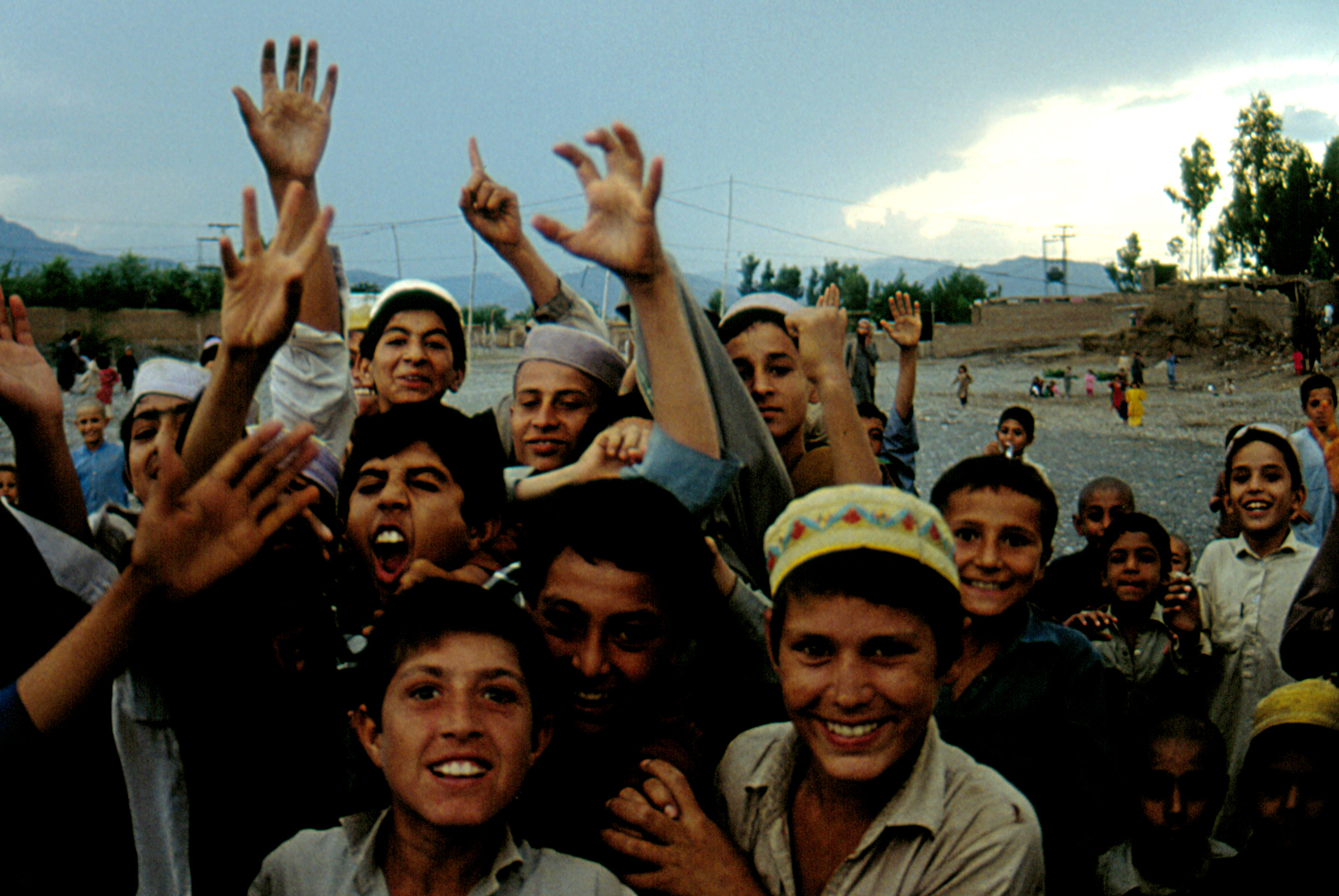
By Nooreen Reza
In the late 2000s, the celebrated American diplomat Richard Holbrooke popularized the term “Af-Pak” to refer to the evolving US approach to counterterrorism across the “ill-defined,” in his words, border between Afghanistan and Pakistan. Post 9/11, this border region has become infamous as a safe haven for militants and is generally known in Western media as the target of hundreds of US drone strikes. However, the mountain passes connecting Afghanistan and Pakistan are not simply conduits for weapons and terrorists. They are escape routes for millions of Afghan refugees, fleeing intense violence and unrest in their home country, in search of security and a better life in neighboring Pakistan. In coining the term Af-Pak, Holbrooke was referring to US war policy, yet this truncated term also described the lives of millions of Afghan victims of the War on Terror, whose precarious existences now balanced upon the hyphen separating their lives and families between two countries.

Afghan refugee migration to Pakistan predates the War on Terror. The first significant refugee crisis began with the 1979 Soviet invasion of Afghanistan. Afghanistan has been ravaged by violent conflict in the decades since, and as a result Pakistan has also dealt with the heavy burden of absorbing and integrating Afghan refugees for more than 30 years. Present estimates put the number of registered Afghan refugees in Pakistan at 1.5 million, but at least another 1 million remain unregistered. While many Afghans in Pakistan have lived there for several years if not decades, their position in the country nevertheless remains uncertain. Their access to privileges such as drivers’ licenses is dependent on possessing a Proof of Registration Card. That means that those additional 1 million who are unregistered are effectively shut out of basic services, and moreover they often face threats of arrest and deportation. In addition, Afghan refugees are not legally permitted to work in Pakistan, and while as of late 2014 the government was considering the possibility of issuing work permits, such restrictions trap refugees in a state of economic vulnerability even if they have jobs.
Relations between the governments of Pakistan and Afghanistan, under Prime Minister Nawaz Sharif and President Ashraf Ghani, respectively, have slowly begun to thaw in the past several months. At a late 2014 London meeting between the two leaders, the question of repatriation of Afghan refugees was raised, and there were hints at promises of cooperation between the two governments to achieve this aim. Since 2002, the United Nations High Commission for Refugees has assisted Pakistan in repatriating 3.8 million refugees, but in recent years the rate of Afghan refugee’s return to their country of origin has slowed. Overall, there were encouraging signs that the Sharif government had turned its attention onward the refugee crisis, given its emphasis on repatriation and its previous extension of the validity of Proof of Registration cards until December 2015.
This situation for Afghan refugees has changed significantly. Unfortunately, it has been a turn for the worse since the horrific Taliban attack on a school in Peshawar, Pakistan in which 148 people were killed, 132 of them children. Peshawar is located in the Khyber Pakhtunkhwa (KPK) province in Northwest Pakistan, where the majority of Afghan refugees have settled after crossing the border. In the aftermath of the attack, Afghan refugees were immediately blamed despite there being no evidence in these early days after the massacre to support claims that Afghans had carried out the violence. Nevertheless, this scapegoating of innocents continued. Not more that a week after the attack, the provincial KPK government issued an order to Afghan refugees that they had a month to leave the province. The man the Pakistani government claims masterminded the attack has since been killed in a raid on the Pakistan side of the border.
Since the Peshawar attacks and the wave of prejudice and discrimination it unleashed against Afghan refugees in Khyber Pakhtunkhwa in December 2014, more than 30,000 Afghan refugees have crossed the border back into Afghanistan, according to the International Organization for Migration (IOM). In comparison, over all the remaining months of 2014, 25,000 refugees returned to Afghanistan. This wave of migration appears to be a reaction to the rise of xenophobia and anti-Afghan sentiment in Pakistan due to the perception that Afghans were responsible for the Peshawar attack and regularly house militants. UN staff in KPK have reported that Afghans are being harassed and pushed out of their homes on a more frequent basis. Moreover, the KPK government continues to reiterate its intentions to expel refugees or confine them to camps. It is unclear whether or not this wave of repatriation — not an outcome of sound inter-govermental cooperation but rather of discrimination, hysteria and fear — will continue at the same rate. On both sides of the “ill-defined” Af-Pak border, Afghan civilians continue to pay the highest price for the War on Terror.
Nooreen Reza ’15 blogs on minority rights issues in India and Pakistan. She can be reached at nooreen.reza@yale.edu.